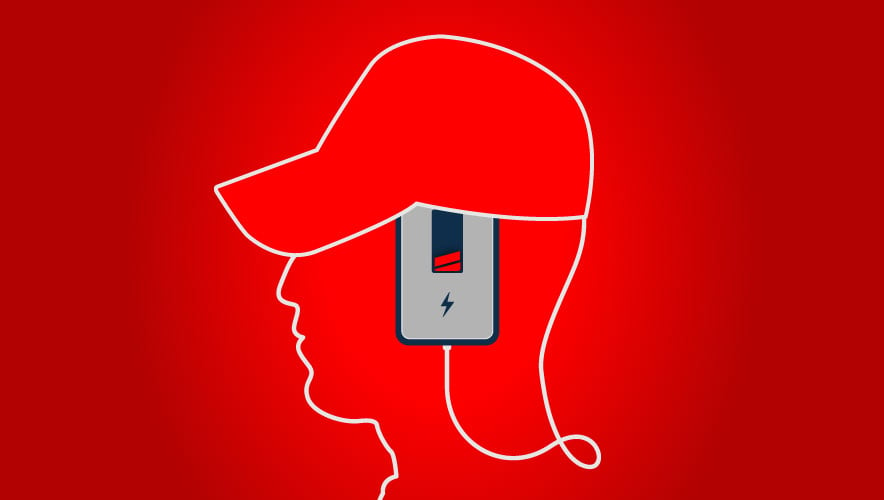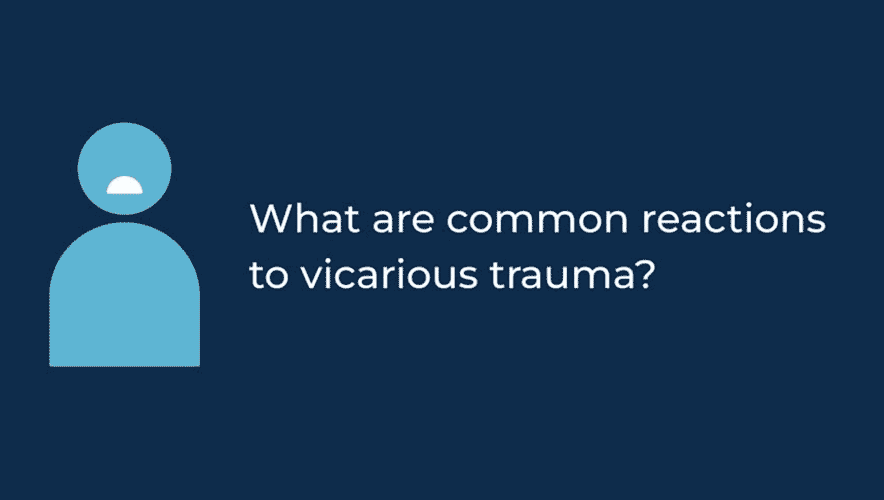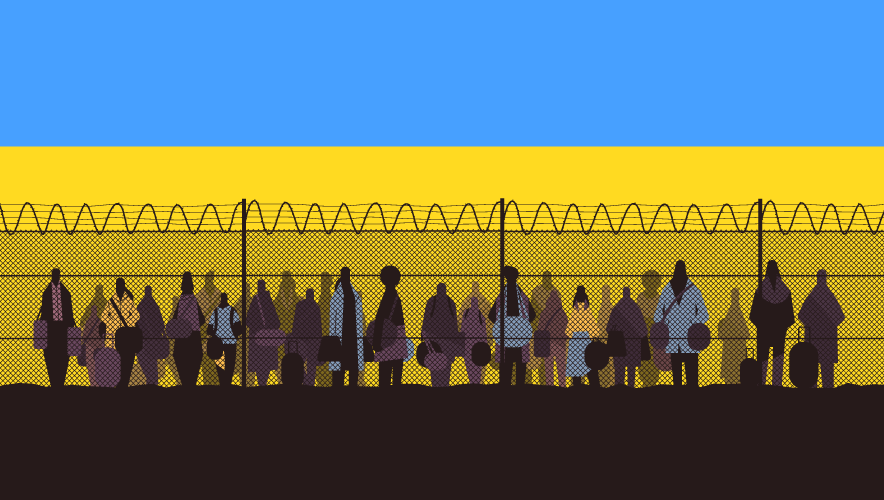Fast Facts: 6 Commons Signs of Vicarious Trauma
Indirect trauma changes a person’s inner worldview as a result of bonding with a victim (even one you have never met) over his or her traumatic experience. This could negatively distort a person’s worldview, convincing them to believe that people will all behave badly, or criminal activity is a default, or significant violent incidents are inevitable. It could be a result of secondary trauma—where the effect is immediate in response to a single event—or vicarious trauma, which builds up gradually.
The path to indirect trauma is rarely linear, but sometimes a particular incident strikes a chord that makes it easier to empathize and relate with a victim (such as if the victim looks like your grandma or if a child the same age as yours is injured), potentially causing a spontaneous reaction.
So, what are some of the signs that you or a team member are experiencing the effects of vicarious or indirect trauma?













